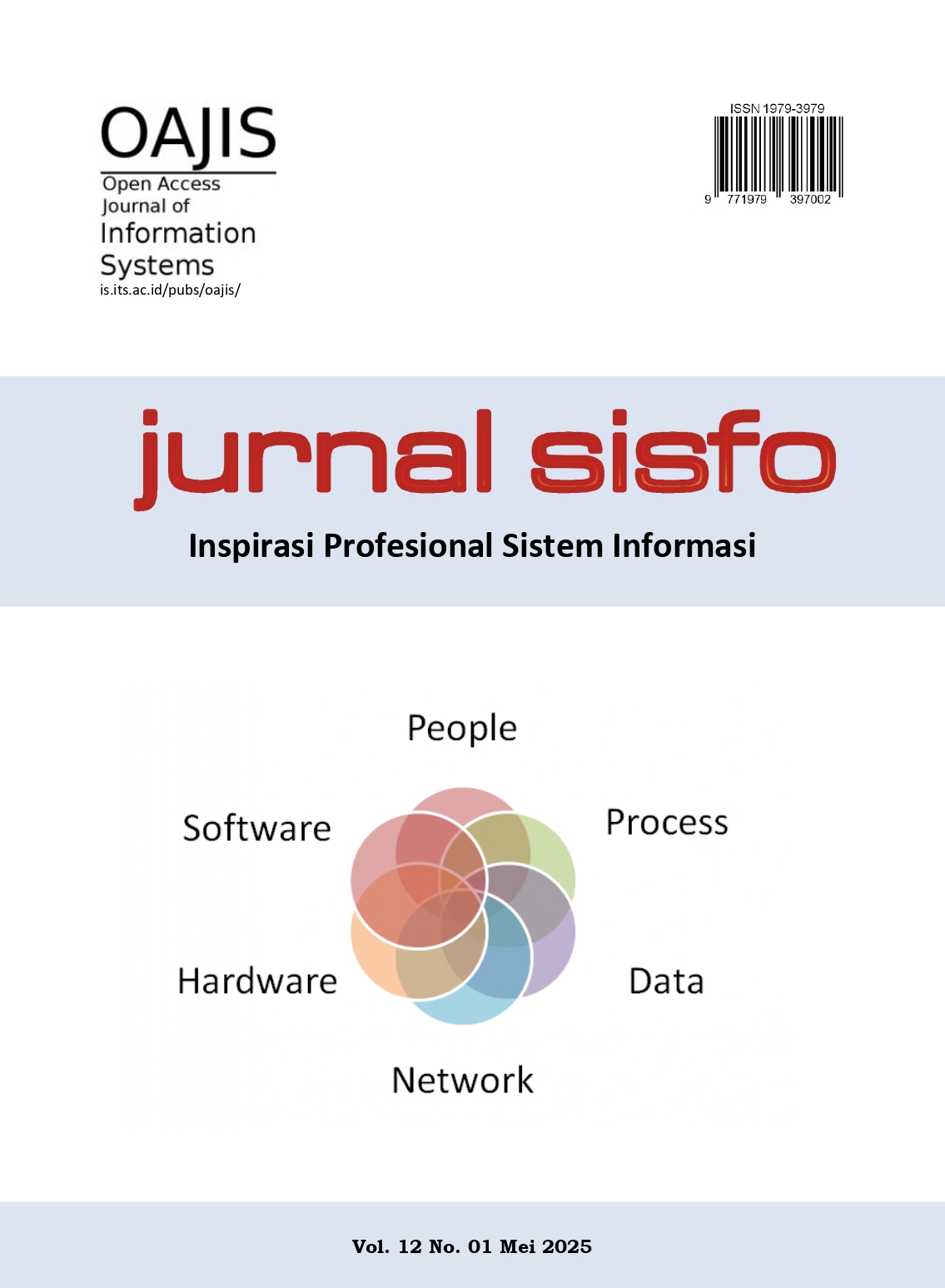Mapping a Decade of Digital Twin Research: Trends, Thematic Evolution, and China’s Strategic Lead
Main Article Content
Abstract
Digital Twin (DT) has emerged as a rapidly growing research area in computer science and related fields, with applications spanning industries such as manufacturing, healthcare, and urban planning. To systematically analyze its evolution, this study addresses five key research questions: RQ1 (annual publication trends), RQ2 (active researchers and countries), RQ3 (leading journals), RQ4 (dominant research themes), and RQ5 (citation-based influence). Using bibliometric methods, we analyzed Scopus-indexed articles through a structured workflow: keyword definition, data preprocessing, and thematic clustering via K-means. The results reveal a sharp rise in DT publications post-2000, with China surpassing the United States in contributions after 2020, driven by national investments in digital infrastructure and smart manufacturing. Four thematic clusters were identified: cybersecurity in DT systems, Industry 4.0 applications, cyber-physical energy networks, and 3D modeling for virtual design. The study highlights IEEE Access as the most prolific journal and underscores the interdisciplinary nature of DT through high-impact papers aligned with cluster themes. While this work provides a comprehensive overview of DT’s research landscape, future studies should explore emerging keywords (e.g., ethical AI integration) and expand database coverage to refine thematic boundaries. These insights not only map the current state of DT research but also guide scholars and policymakers in prioritizing innovation areas for sustainable technological advancement.
Article Details
Copyright
All rights reserved. No part of this publication may be reproduced, stored in a retrieval system or transmitted in any form or by any means electronic, mechanical, photocopy, recording or otherwise, without the prior written permission of the journal.

